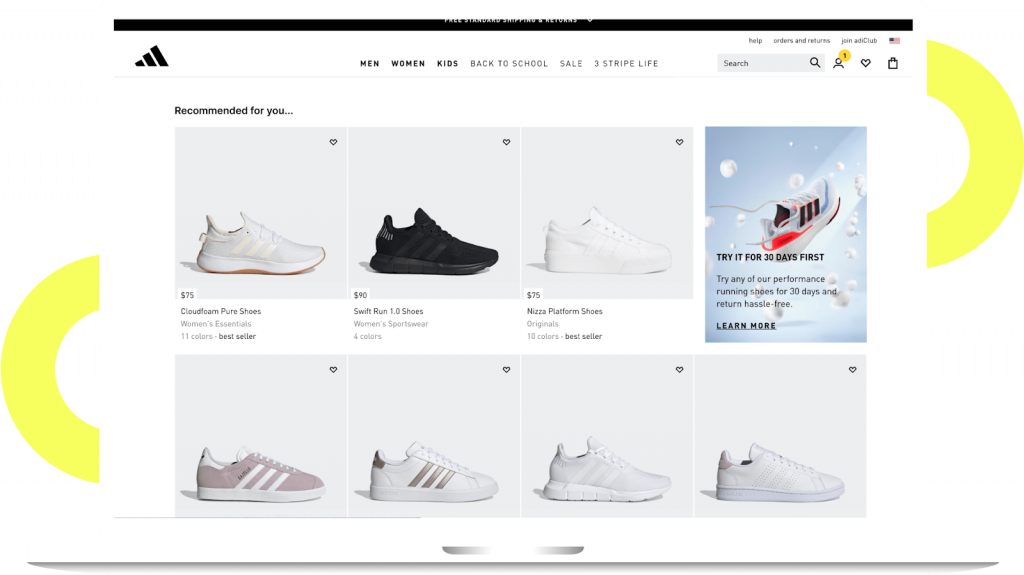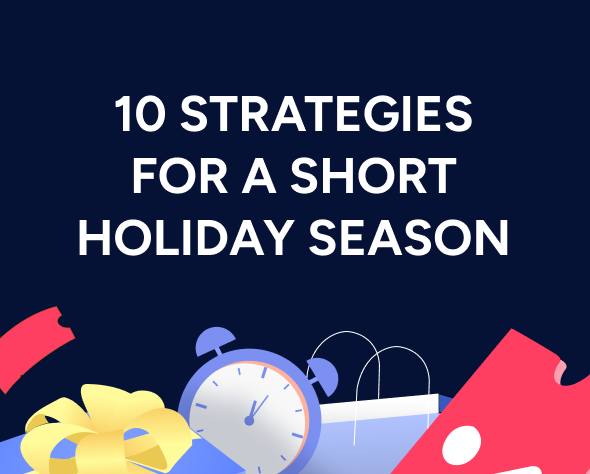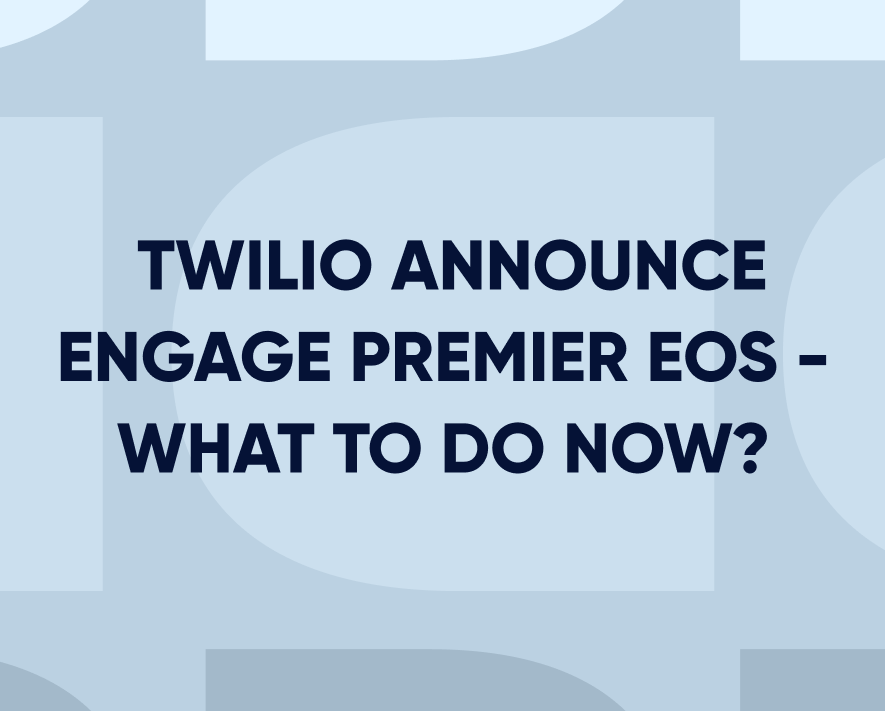Generative AI vs Predictive AI: Main differences and use cases
Generative and Predictive AI serve important roles in helping businesses achieve key goals, like improving efficiency and generating revenue. However, they do that in different ways.
Updated on 10 Oct 2024
- Generative AI systems create novel content, like text, images, videos, code, music, and more. For example, OpenAI’s ChatGPT can generate all kinds of text-based responses to user prompts, while Midjourney can create images based on simple descriptions.
- Predictive AI forecasts future events based on historical data. This type of AI is often embedded in marketing, sales, and analytics tools aimed at predicting customer behaviors (e.g., purchases), market trends, potential risks, and much more.
Besides their output, both types of AI have key differences when it comes to their methods and the training data they require. In this guide, we’ll explore Generative AI and Predictive AI with a focus on their use cases, benefits, and differences. We’ll also discuss how teams can use both types of AI to work more efficiently, create engaging customer experiences, and drive revenue,
Generative AI: Create new text, image, videos, and other content
Generative AI (sometimes referred to as GenAI or GAI) is artificial intelligence built to create original content, usually in response to a text prompt. Today’s Generative AI models can create different content types — including text, realistic images, video, music, code, and even entire products.
Like other types of AI, Generative AI uses machine learning models to analyze data, more specifically human-generated content. The training process requires massive amounts of high-quality training data.
Once trained, the Generative AI can create entirely new content. This whole process is made possible by recent improvements in large language models (LLMs), generative adversarial networks (GANs), and other deep neural networks.
Generative AI applications and examples
Thanks to their versatility, Generative AI tools handle many complex tasks.
Writers, musicians, and designers can use them to experiment with AI-generated titles, intros, and visuals. Software developers can use them to write code or create terrains, flows, voices, and many other engaging game elements. Companies can use GenAI in their chatbots and virtual assistants.
Marketing teams can also employ Generative AI to drastically streamline campaign creation and improve productivity. For example, here are two ways Sirius AI™ — our patent-pending Generative AI solution — helps teams generate fresh ideas and work more efficiently:Segment and journey creation: Instead of manually creating customer segments, marketers can tell our AI to build them, based on an end goal, like increasing lifetime value or preventing churn. Then, they can also have our platform create a journey from scratch (e.g., across the website, email, and SMS) that can guide users to that goal in an efficient, personalized manner.

- Campaign copy and images creation: Content creation is among the most time-consuming tasks for marketers. Sirius AI™ helps speed up the process by automatically creating engaging headlines, body copy, and images. Again, marketers just need to provide a text prompt with their end goal and our platform will do the rest.

For more real-life examples, check out Amazon and Google’s Generative AI use case pages. There, you can find many stories of large companies that used Generative AI to improve customer experiences, work more productively, and streamline time-consuming processes.
Predictive AI: Forecast key customer behaviors and other events
The term Predictive AI refers to different ways of analyzing historical data to come up with accurate predictions about future events.
This is done via a range of machine learning algorithms (e.g., linear regression, decision trees, and neural networks) and statistical analysis methods that make it possible to come up with correlations about future outcomes.
Predictive AI models can use smaller datasets compared to Generative AI, which requires massive amounts of sample content.
Predictive AI applications and examples
Predictive AI has been around longer than Generative AI. That’s why companies in various industries like eCommerce, financial services, healthcare, and logistics already use it to aid their decision-making for:
- Fraud detection: AI has long been used to identify potential fraudulent activities. However, Predictive AI adds a new layer of protection on top of traditional reactive systems by uncovering issues before they happen, which enables businesses to prevent their occurrence entirely.
- Financial and sales forecasting: Predictive AI is used to analyze past financial or sales data and predict future trends. For example, teams can use predictive analytics to make data-driven decisions about how a stock might perform, calculate the risk associated with a certain asset, or forecast market trends.
Customer behavior predictions: Predictive AI solutions can anticipate key customer behaviors, like purchases, churn, and engagement on a specific channel. Again, this is done by analyzing past customer data. It’s also incredibly useful for marketers looking to maximize their budgets and campaign results.

Other popular use cases for Predictive AI include supply chain and inventory management, disease progression prognosis, and logistics optimization. For a real-world example, check out our case study with fashion brand Pierre Cardin.
This company had dedicated a lot of resources into online ads aimed at attracting new customers and strengthening their relationship with current ones. However, with ad costs rising and competition increasing, it became increasingly difficult to maximize their return on ad spend (ROAS).Our Predictive AI capabilities helped overcome this challenge. Specifically, Pierre Cardin’s team started using Insider’s Predictive Ad Audiences to segment their customer base by likelihood to purchase, lifecycle status (e.g., churn risk), discount affinity, and other predictive characteristics.

Then, they started targeting these segments accordingly, based on real-time, historical and predicted data. This resulted in a 445% uplift in conversions, a 164.83% increase in ROAS, and a 67.95% reduction in cost per acquisition.
How marketers can use Generative and Predictive AI technology for productivity and customer engagement
As you can see, Generative and Predictive AI are quite different in terms of their training data, outputs, and use cases. They ultimately serve different purposes, which is why marketing teams can employ them together to make informed decisions and work more efficiently.
For example, when building a marketing campaign, the first step is usually to find the ideal target audience for that campaign via segmentation.
Like we just showed, Predictive AI excels at unlocking new segmentation opportunities based on predicted customer behaviors, such as likelihood to purchase, discount affinity, and projected spending.
Marketers can use these in combination with traditional characteristics like locations, demographics, and purchase behavior to create hyper-targeted segments.

Alternatively, they can also rely on Generative AI to create those segments for them via simple text prompts. From here, Generative AI can do much of the heavy lifting during the campaign creation process by generating copy, images, and customer journeys.
For teams that rely on messaging channels (e.g., SMS, WhatsApp, Facebook Messenger, or website chatbots), Generative AI can also provide personalized responses to customer queries in real-time.
This is especially powerful when combined with Conversational AI tools that are capable of understanding and responding to human queries.

For a deeper dive into this topic, check out our guide to the 10 best AI personalization tools.
Learn how Insider can help you leverage AI for your business
Insider is our AI-native platform for creating individualized, cross-channel customer experiences. It combines Generative, Predictive, and Conversational AI capabilities to help teams save time, increase efficiency, anticipate user behaviors, and engage in two-way conversations with customers at scale.

Additionally, our platforms has other powerful tools that harness traditional AI for use cases like:
- Delivering relevant product recommendations.
- Optimizing channel selection and send times.
- Showing personalized site search results.
- And much more.
These AI-powered functionalities, combined with our platform’s 12+ native channels and marketing automation capabilities, make it possible to create a truly personalized customer experience across all touchpoints — from your website and mobile app to email, SMS, WhatsApp, push notifications, and more.For example, Adidas used Insider to tailor the on-site experience to each individual visitor with AI-powered product recommendations, category optimization, and highly-targeted coupons. This helped the sports brand achieve a 259% increase in average order value (AOV) and a 50.3% boost in mobile conversion rates.

If you want to learn how our AI-native platform can help your business as well, click here to schedule a demo with our team.



















